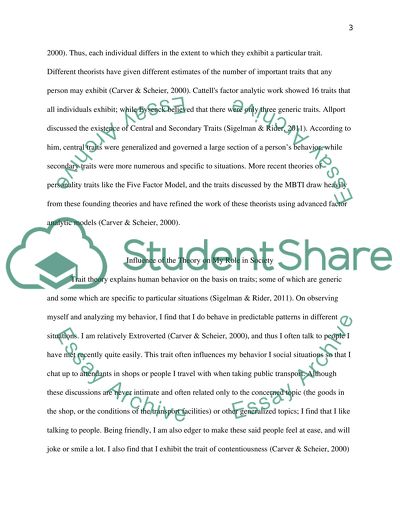Cite this document
(“Understanding Myself: A Trait Theory Perspective Essay”, n.d.)
Retrieved from https://studentshare.org/psychology/1445395-personality
Retrieved from https://studentshare.org/psychology/1445395-personality
(Understanding Myself: A Trait Theory Perspective Essay)
https://studentshare.org/psychology/1445395-personality.
https://studentshare.org/psychology/1445395-personality.
“Understanding Myself: A Trait Theory Perspective Essay”, n.d. https://studentshare.org/psychology/1445395-personality.


